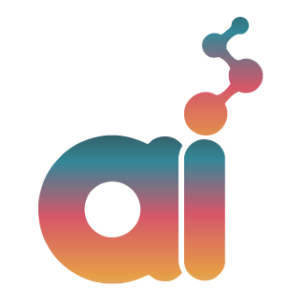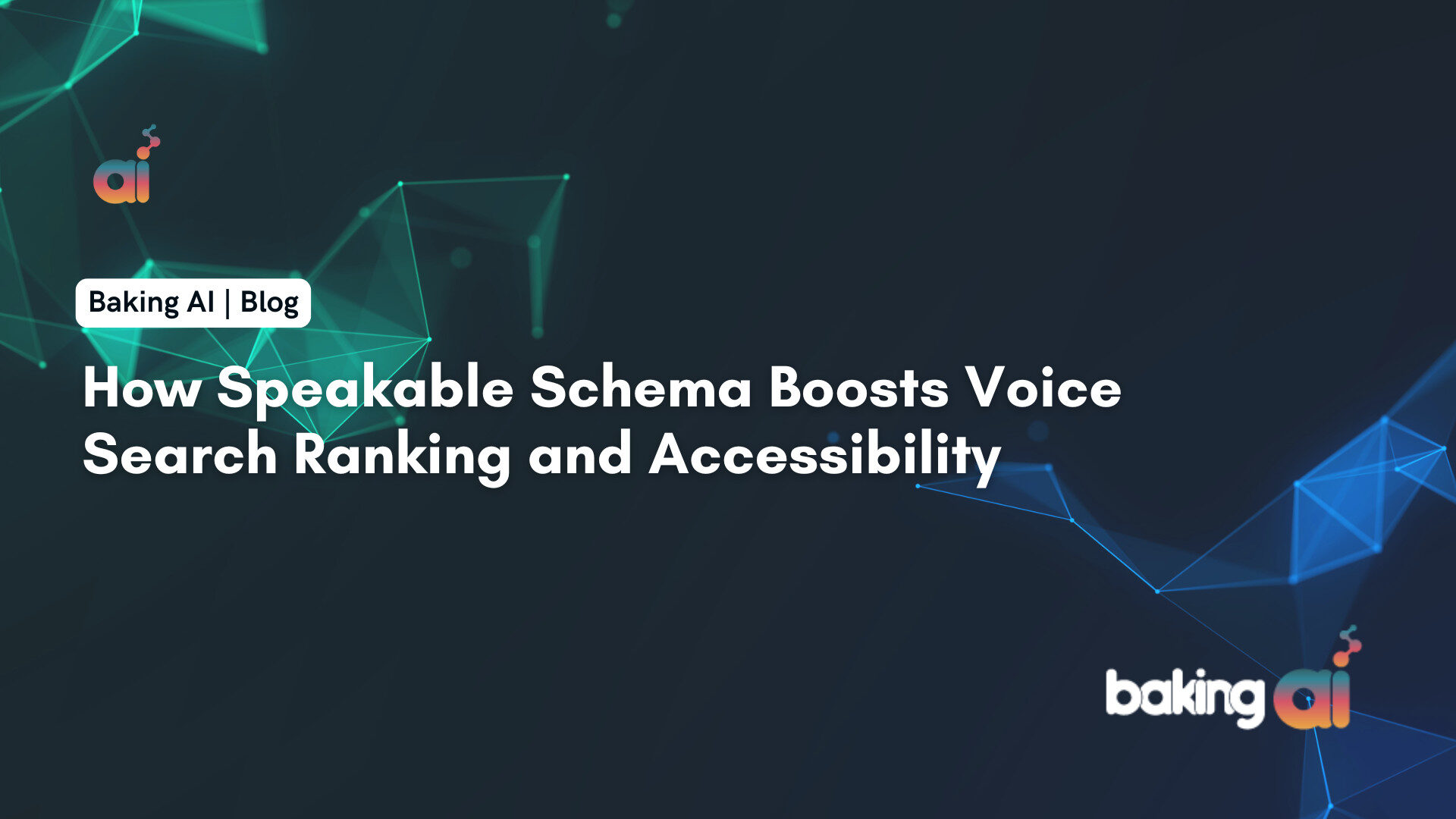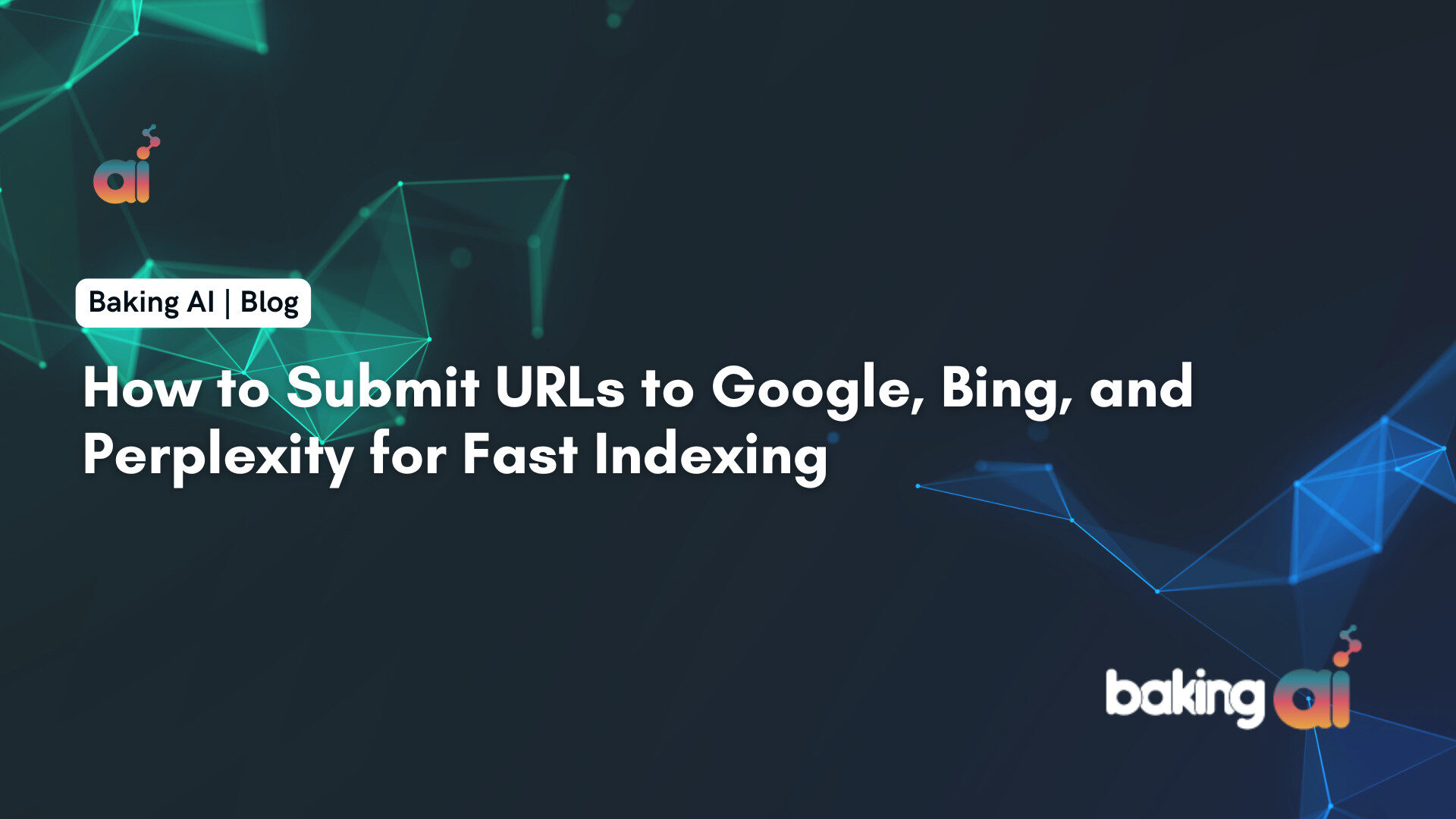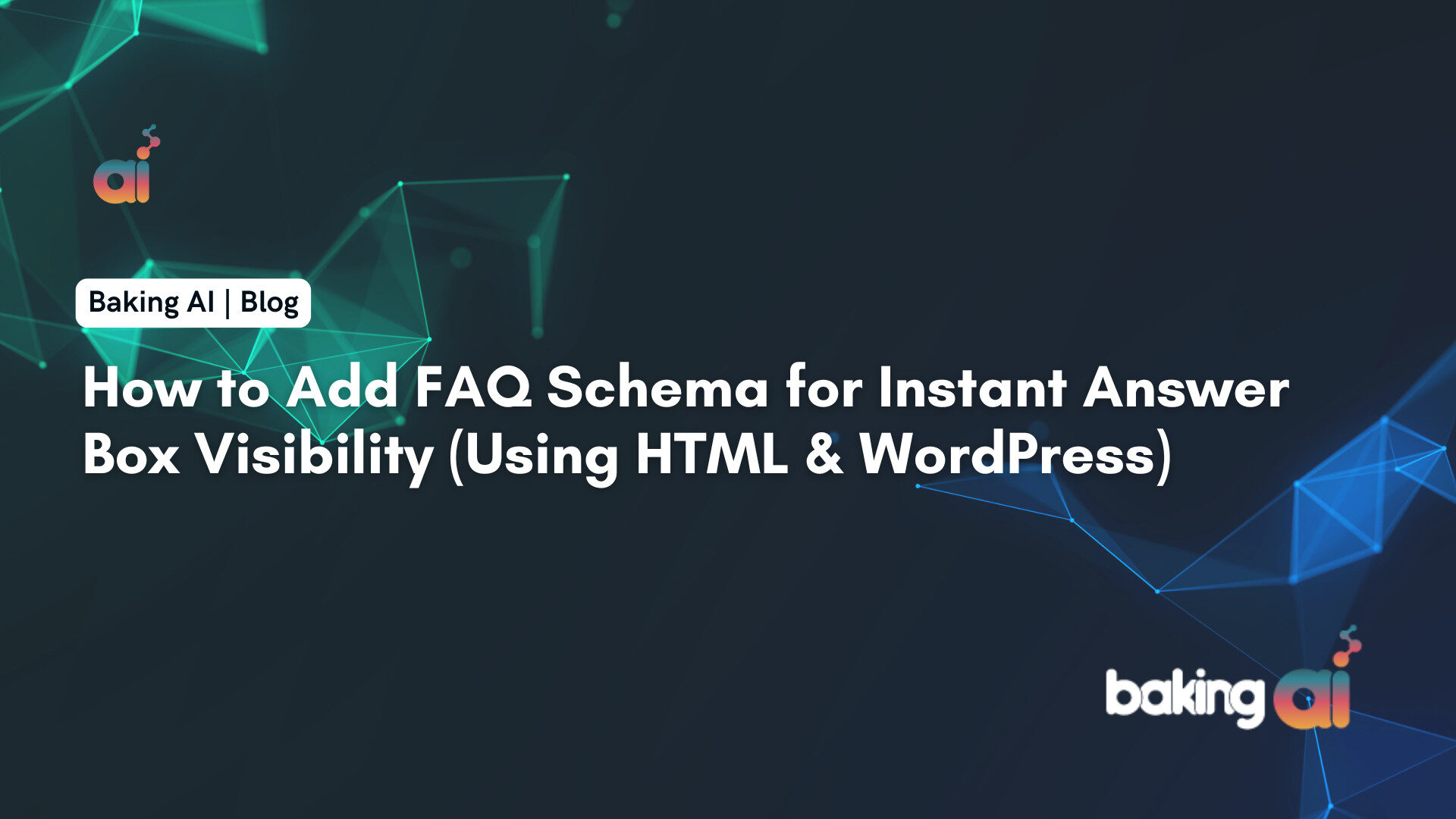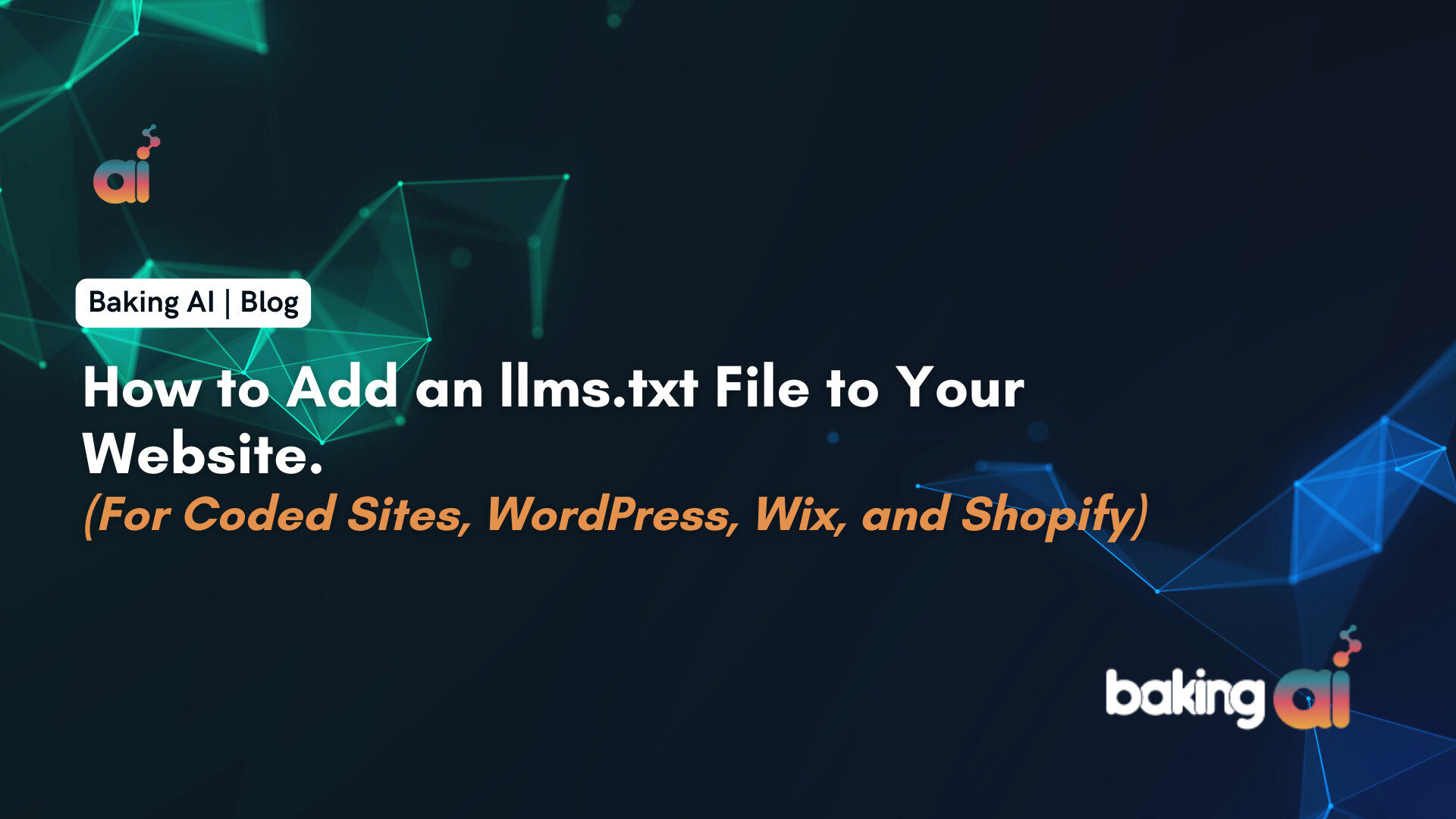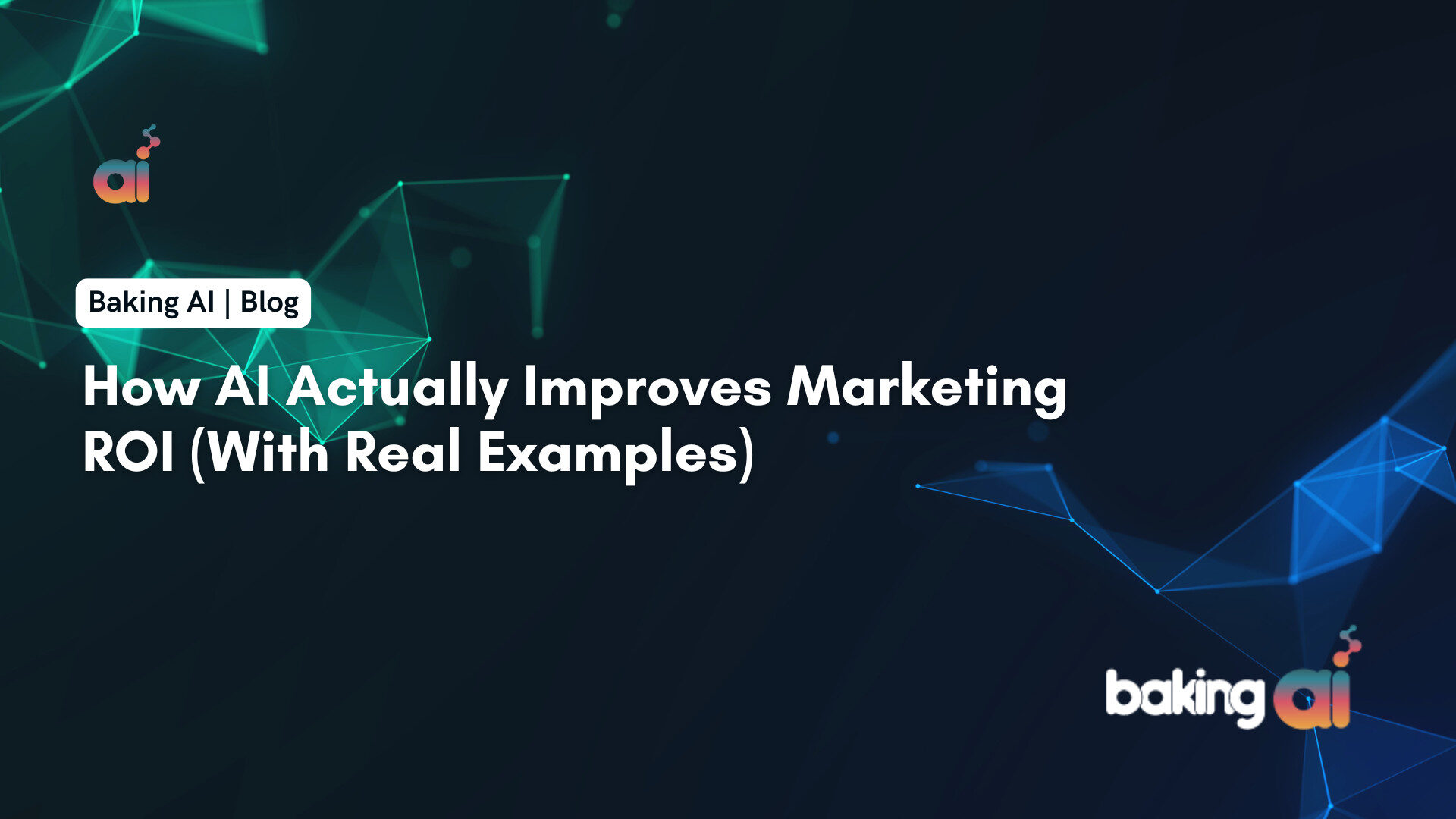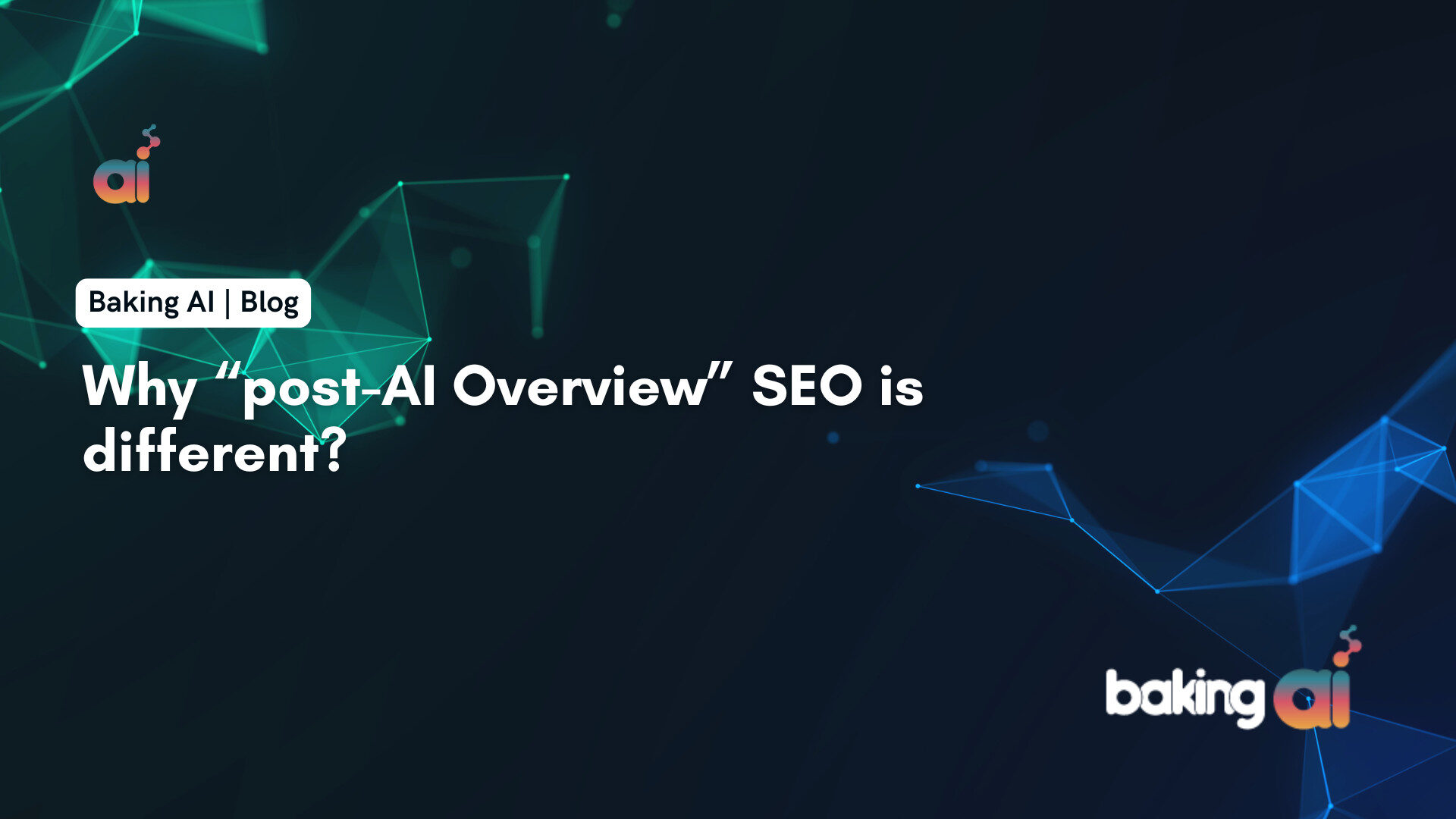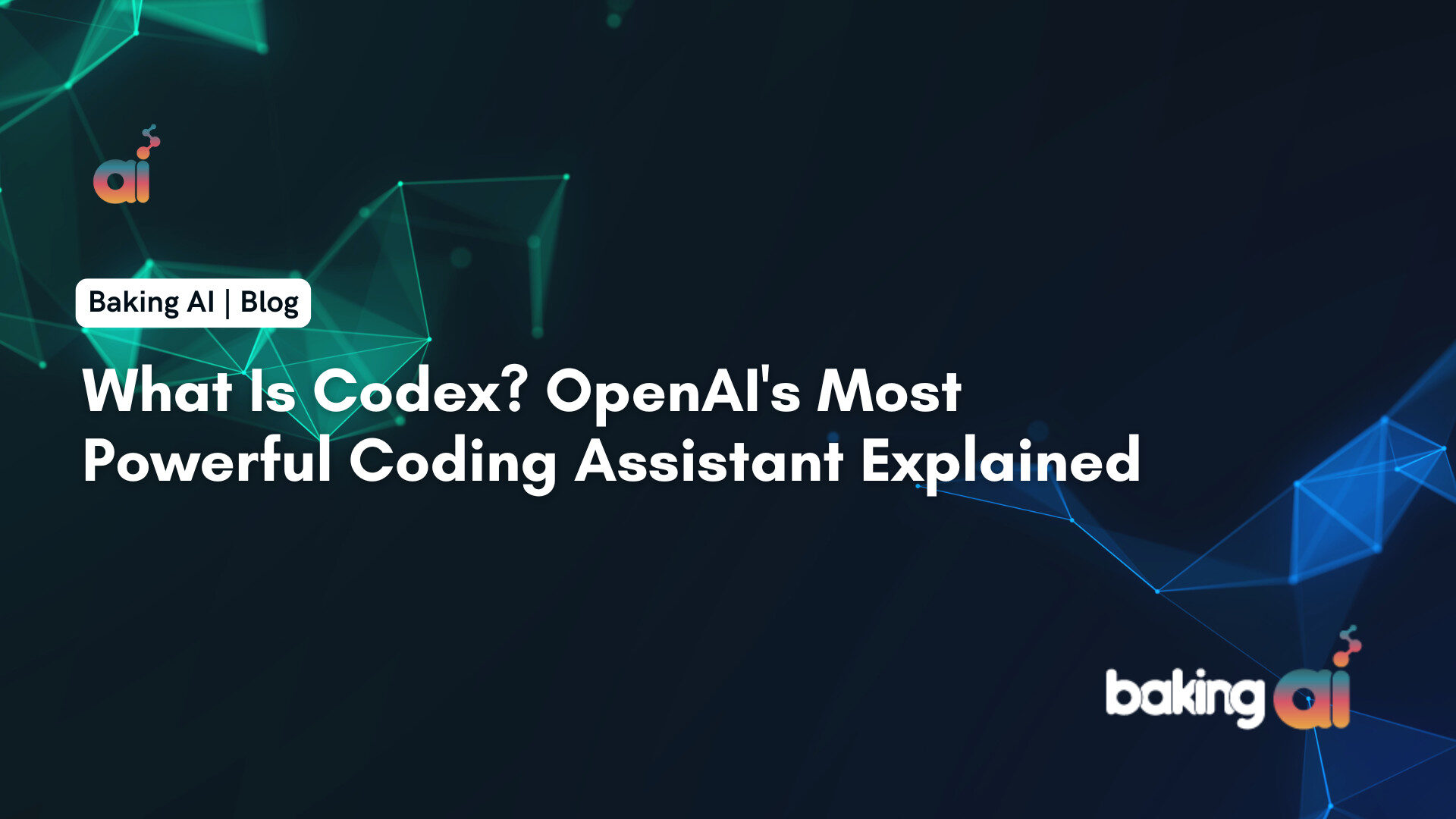Let’s be real—AI in marketing isn’t some abstract concept anymore. It’s in play, right now, driving actual results. Businesses of every size are using AI not just to keep up, but to outpace their competition. We’re talking about serious gains in revenue, efficiency, and customer engagement. This isn’t hype—it’s measurable, and it’s happening.
Let’s break down what that looks like.
What AI in Marketing Really Means (And Why It Matters for SEO)
When we talk about AI in marketing, we’re referring to a mix of technologies like machine learning, natural language processing, and predictive analytics. These aren’t just fancy buzzwords—they’re the tools that help marketers automate repetitive tasks, dig deep into customer data, and serve content or ads that actually hit the mark.
And when it comes to SEO, AI is changing the game. From smarter keyword research to automated content optimization and predictive search trends, AI is shaping how content gets found online. Google’s AI Overviews, for instance, are already shifting how users interact with search results, which means marketers now have to think beyond traditional SEO. The bottom line: if you’re not using AI in your SEO strategy, you’re probably already behind.
Why AI Delivers Better ROI Than Traditional Marketing
Let’s cut to the chase. Companies that adopt AI in marketing typically see a 10–30% higher sales ROI compared to traditional methods.
Why? Because AI helps improve conversion rates, reduce cost per acquisition, and increase campaign efficiency. Instead of relying on guesswork, you’re making decisions based on real-time data and predictive insights. That alone can reshape how you allocate your marketing dollars.
You get better targeting. Faster campaign adjustments. Less wasted spend.
Real Companies, Real Results
This isn’t theoretical. Here are some real-world examples of companies—big and small—who’ve used AI to unlock serious marketing ROI.
A) Smarter Ads with AI
Coca-Cola tapped into AI to analyze massive customer data sets and optimize its targeted ads. The result? A 3% sales bump, hitting $12.4 billion in Q2 2024. More importantly, they improved engagement by putting the right message in front of the right people at the right time.
Airbnb used AI-driven programmatic advertising to streamline how and where ads were placed. The outcome was sharper ad spend efficiency and a significant boost in annual revenue. Instead of wasting money on low-performing placements, AI helped them focus on what actually worked.
B) Scaling Content with AI Tools
The Washington Post deployed Heliograf, an AI tool that automatically writes short articles and updates. In one year, it generated over 850 pieces. That freed up their journalists to focus on deeper stories—while AI handled the routine reporting. Result? Higher content volume and better engagement without burning out the newsroom.
C) Hyper-Personalized Experiences
Spotify is one of the clearest examples of AI-powered personalization done right. Their algorithm-driven playlists keep users engaged longer, drive up renewals, and increase ad revenue. The more you listen, the better it gets at recommending songs—and that makes people stick around.
D) A Mid-Sized Business Turnaround
Let’s zoom in on a smaller player—a mid-sized e-commerce company. They adopted AI for smarter customer segmentation and more personalized email campaigns. In just a few months, here’s what happened:
| Metric | Before AI | After AI | % Change |
|---|---|---|---|
| Sales | $1M | $1.3M | +30% |
| Customer Engagement | 2 mins | 3 mins | +50% |
| Conversion Rate | 2% | 3% | +50% |
That’s not just improvement—that’s transformation. All from using data more intelligently.
E) Cutting Costs, Not Corners
Henry Rose Fragrance partnered with an AI-driven tool to optimize TikTok campaigns. The outcome? A 15.4% drop in cost per action, a 32.8% jump in ROAS, and over 1.9 million impressions with more than 600 conversions. That’s a better return at a lower cost. Win-win.
How to Measure AI’s Impact on Your Marketing
So how do you know if AI is actually working?
Here are the metrics that matter:
Revenue & Growth Metrics
- Sales directly attributed to AI campaigns
- Increases in customer lifetime value (CLV)
- Improved lead-to-customer conversion rates
Efficiency Metrics
- Lower cost per acquisition (CPA)
- Faster campaign launch timelines
- Time saved from automation
Performance Metrics
- Higher engagement (clicks, time on page, opens)
- Lower churn
- More accurate forecasting
Strategic Metrics
- Scalable personalization
- Ability to produce content at volume
- Long-term advantages over competitors
Track these before and after implementation. The numbers won’t lie.
Common Questions, Straight Answers
1. Is AI marketing worth it for small businesses?
Yes. You don’t have to be Spotify or Coca-Cola. Even mid-sized and small businesses see real, measurable gains in revenue and efficiency from smart AI use.
2. How fast will I see results?
Some companies report ROI in a matter of weeks. For others, it takes a quarter. But the improvements stack over time, especially in retention, conversion, and productivity.
3. What tools offer the biggest payoff?
Start with:
- Personalized email marketing platforms
- AI-based customer segmentation tools
- Predictive analytics dashboards
- Programmatic ad platforms
- AI content creation tools
4. How do I know if AI’s working for me?
Compare pre- and post-AI numbers. Look at sales, conversion rates, CPA, and time saved. If those are all trending up, AI is doing its job.
Best Practices: Getting the Most from AI in Marketing
You don’t need to overhaul your entire stack on day one. Start smart:
- Start small. Pick one channel (like email or ads) and run a pilot.
- Set a clear baseline. You need something to compare the new results against.
- Prioritize personalization and automation. These are often the fastest wins.
- Refine constantly. The more data you feed AI tools, the smarter they get.
This is not set-it-and-forget-it. The best marketers treat AI like a living part of their strategy—adjusting, improving, evolving.
The Bottom Line
AI isn’t optional anymore. It’s the difference between guessing and knowing, between generic marketing and razor-sharp personalization. And the numbers are clear—whether it’s through more efficient ads, better content, deeper personalization, or cost savings, AI is boosting marketing ROI in a big way.
The marketers who embrace this shift early aren’t just staying ahead—they’re pulling away.

